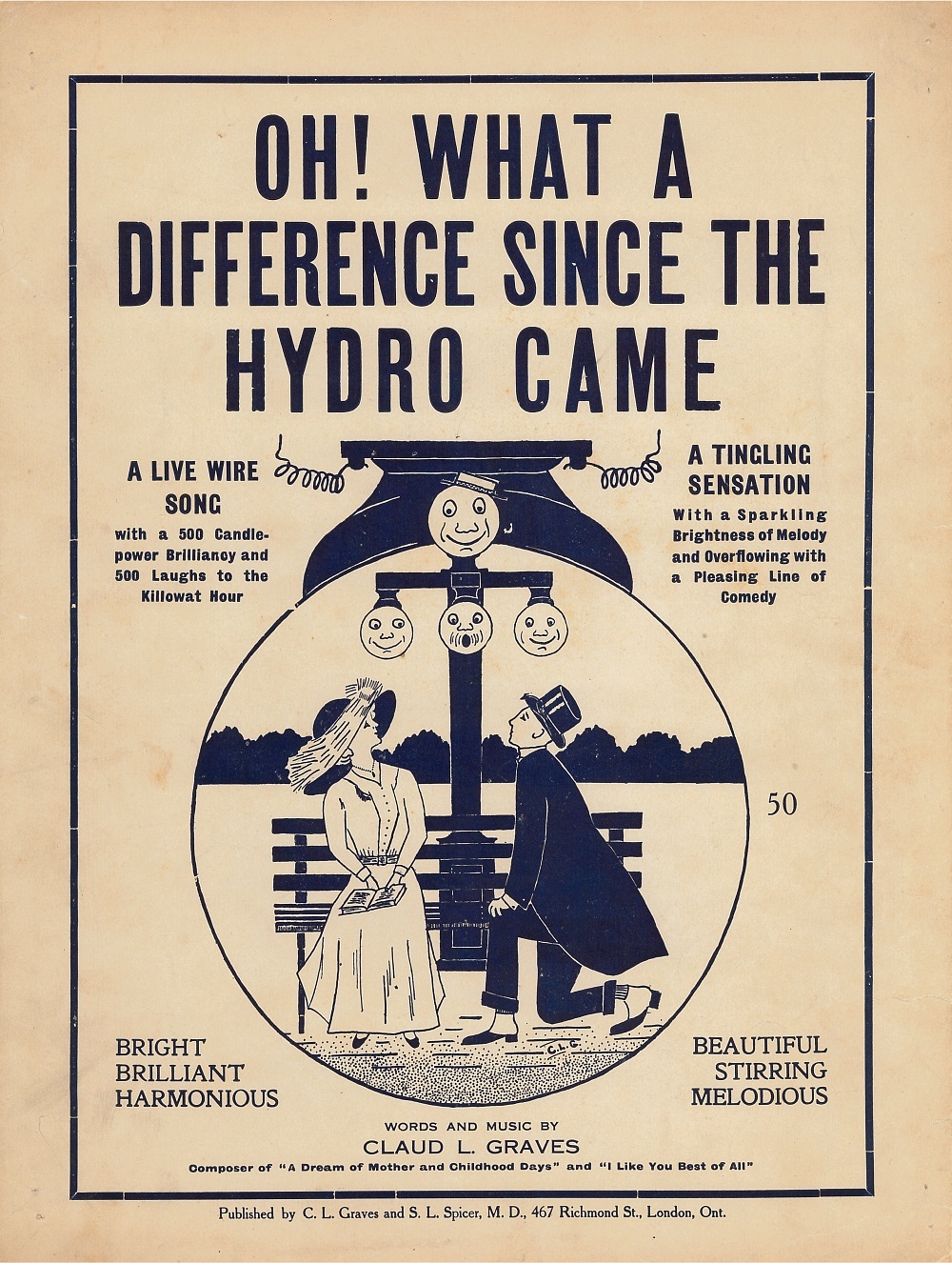Museum London has some 400 examples of sheet music. We have reproduced the covers of 99 of them in this exhibition. You can even listen to some of them on Youtube if you have a mobile device. Most of this sheet music dates from the late 19th and early 20th centuries and many have colourful, eye-catching cover art to attract the attention of consumers. It worked, and sheet music publishing was a big business. But why was sheet music so popular at this time? And what does it tell us about music-making in Canadian homes?
Canada’s flourishing piano manufacturing industry helped foster the love of making music at home. Between 1890 and 1925, prosperous middle-class Canadians, Londoners included, heeded advertisements that called for a “piano in every parlour.”
All music publishers benefited from new printing technologies. These technologies allowed publishers to produce sheet music faster and for less money. They also permitted publishers to incorporate colourful cover art to increase the sheet music’s appeal.
With this in mind, it’s easy to understand how people amassed large collections of sheet music. Over time, some of these collections made their way into archives and museums. Here at Museum London, two donors gave the bulk of the sheet music in the collection: Olive E. Carty (1889-1977) and Irene Brown (1893-1978). We don’t know much about either of these two women, but we can learn something about them through the sheet music they saved. We know something of their musical tastes and are given a glimpse of their thoughts and aspirations as expressed in the music they enjoyed.
Image: Gift of Mrs. Harold Rutledge, 1978.
